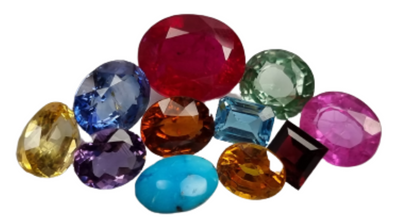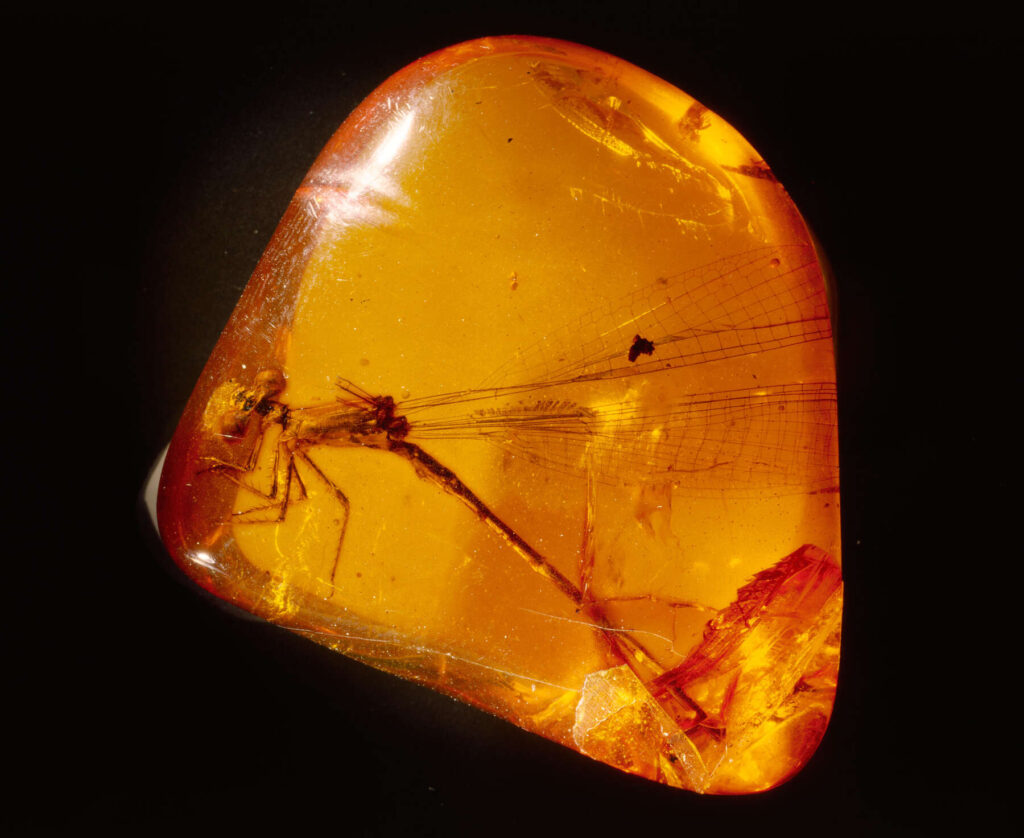What is the Age of Amber ?
Amber is a fascinating natural substance with a rich history and wide range of uses. Its age and origins provide insight into the earth’s geological and biological past. Amber is fossilized tree resin, produced millions of years ago by ancient coniferous trees. Over time, the resin hardened and fossilized, preserving within it not only the amber itself but also a snapshot of the ecosystem at the time of its formation.
Formation and Age of Amber
The process that forms amber begins with the excretion of resin by ancient trees. This resin serves to protect the tree from infections and injuries. Over time, the resin becomes buried under sediment and subjected to geological processes such as heat and pressure. Over millions of years, the resin hardens and transforms into amber.
The age of amber varies depending on where it is found, as different types of amber were formed during different geological periods. In general, amber can range in age from about 30 to 90 million years old, with some even older examples being discovered. Baltic amber, one of the most famous and commercially important types, dates back approximately 44 million years to the Eocene epoch. Dominican amber, another notable type, is younger, being around 15 to 20 million years old from the Miocene epoch.
Geographical Distribution
Amber is found in several locations worldwide, each providing unique characteristics and ages of amber. Some of the most significant deposits of amber are found in:
Baltic Region: This includes countries like Lithuania, Poland, Russia, and Latvia. The amber here is often referred to as “Baltic gold” due to its quality and abundance.
Dominican Republic: Dominican amber is well-known for its clarity and frequent inclusions of insects and other organisms.
Myanmar (Burma): The amber from this region is often older and known for its deep, rich colors.
Mexico: Mexican amber is relatively young compared to other sources, and it typically has a range of unique colors.
Uses and Importance
Amber has been used throughout history for various purposes, including:
Jewelry and Decorative Items: Due to its rich colors and natural beauty, amber has long been used in jewelry and other ornamental pieces. Its warmth and smoothness make it a favorite for crafting into beads, pendants, and more.
Preservation of Inclusions: One of the most extraordinary aspects of amber is its ability to preserve organic material such as insects, plants, and small vertebrates. These inclusions provide invaluable information to scientists about ancient ecosystems and the evolutionary history of organisms.
Medicinal Uses: Historically, amber was believed to have healing properties and was used in folk medicine for a variety of ailments. Although these claims are not supported by scientific evidence, amber’s historical role in traditional medicine remains of interest.
Collectibles and Specimens: Collectors value amber not just for its beauty but also for its historical and scientific importance. Specimens with rare inclusions can be especially valuable.
Scientific and Historical Importance
Amber’s ability to preserve ancient life forms has been invaluable for the study of paleontology and evolutionary biology. The inclusions found in amber provide a unique view into the past, allowing scientists to study species that may now be extinct or that have evolved significantly over time. The detailed preservation in amber provides insights into the anatomy, behavior, and even ecological interactions of these ancient organisms.
Care and Preservation of Amber
Amber is a relatively soft and fragile material, ranking around 2-2.5 on the Mohs scale of hardness. Because of its organic origin and geological age, it requires special care to maintain its beauty and integrity:
Storage: Keep amber out of direct sunlight and away from heat sources, as it can cause the resin to become brittle and crack.
Cleaning: Use a soft cloth and mild soap for cleaning. Avoid harsh chemicals and ultrasonic cleaners, as they can damage the amber.
Handling: Handle amber with care to avoid scratching or chipping the surface.
Conclusion
Amber’s age, beauty, and scientific value make it a remarkable natural substance with diverse applications. Its ancient origins provide a window into the earth’s past, capturing moments from millions of years ago in a unique and beautiful way. Whether worn as jewelry, displayed as a specimen, or studied for its scientific value, amber continues to captivate people worldwide.





